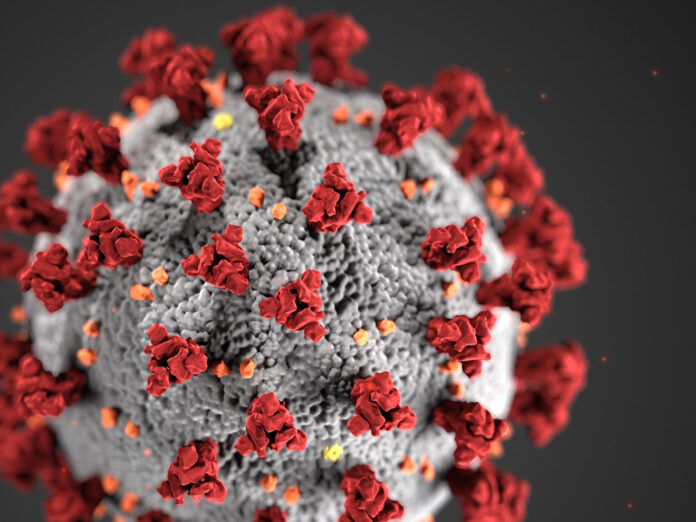
Whether its questions about COVID-19 vaccine availability or quarantine protocol in schools, answers have sometimes been hard to come by. Depending upon where you look, the information can vary wildly. InMaricopa went straight to the definitive source – Pinal County Health Director Tascha Spears and the Pinal County Public Health Team – to get answers:
The county is supposed to get 10,000 vaccine doses this week. Is that a number we can expect to continue?
Each week the allocation provided to the county differs. For example, weekly doses from the last week of December to the current time have ranged from 1,800 to 13,500 doses. Some of these are second doses so are not all “new” individuals being vaccinated. The latest weekly dose of 10,100 is split between 26 different community providers. We have requested of ADHS (Arizona Department of Health Services) a more consistent allocation in order to better plan for scheduling of vaccine administration.
What is the county doing to get more vaccine into the area?
Pinal County Board of Supervisors, along with cities and towns leadership, has written letters to state and federal officials advising that more vaccine is needed in Pinal County.
Once pharmacies at Walgreen’s and Fry’s come online as vaccination sites, how much will that help in terms of increasing the numbers of people vaccinated? And will the doses provided to pharmacies be in addition to those we’re already receiving, or will they just be diverted from the locations that are currently providing them?
We have requested more clarification from ADHS on the federal pharmacy program and where those doses are coming from. According to the most recent information from ADHS, the allocation to pharmacies is “coming out of the total allocation to the state.”
We’re seeing a decline in the number of cases in Pinal County over the past month; to what do you attribute that?
The number of confirmed cases is based on the number of persons who take “diagnostic” tests, meaning those tests that identify active infection. A decline of cases generally means the peak of the outbreak passed. That’s what the curve is reflecting so far. This means there is less community transmission of cases, and therefore, less people that are testing positive. This number is also affected by the number of persons testing.

Our second wave reflected disease transmission due to the end of the year celebrations, and it began with Halloween activities. One possible reason is people going back to mitigation procedures and not getting together in large groups such as during holiday gatherings.
Have we gotten to the back side of the curve with this most recent surge?
It is difficult to say. The good news is that at the current time we are on the other side of the second peak. So far it looks like we are going in the right direction, but we still need to wait and confirm the trend for a longer period of time.
How is the county’s hospital capacity holding up, and is ICU capacity or availability of ventilators an issue?
Hospital capacity appears manageable in Pinal County at this time as they have not requested any additional resources. The hospitals did receive additional ventilator equipment procured by the Healthcare coalition in the event ventilator use is necessary.
Do you feel like Pinal County residents are doing a good job of following the mitigation guidelines of wearing masks, social distancing and staying home?
In general, everybody is trying to do their part and we understand staying home is difficult after a year of living with COVID in our communities, but the CDC advises now is not the time to lower our guard.
Are you concerned when you see large events still going on, even if there is enforcement of the guidelines being applied at those events?
There is always a level of concern with big events, even with all the non-pharmaceutical measures in place, because big events also associated with the possibility of increased transmission of the virus.
Every time MUSD opens classrooms then has to close down, it creates chaos and resentment with some parents. Are the current guidelines too strict, and is there a way to make the guidelines less restrictive while still providing a safe environment and keeping the schools open?
We believe children and teachers need to be able to safely open schools. Schools were considered a congregated setting and the mitigation measures implemented are designed to minimize close contact that could potentially expose one to COVID. The disease can be transmitted two days prior to symptoms presenting and can occur from persons who are asymptomatic. Most of the schools are following the CDC recommendations and school leadership consults with Public Health routinely to discuss individual circumstances and recommendations.





![MHS G.O.A.T. a ‘rookie sleeper’ in NFL draft Arizona Wildcats wide receiver Jacob Cowing speaks to the press after a practice Aug. 11, 2023. [Bryan Mordt]](https://www.inmaricopa.com/wp-content/uploads/2024/04/cowing-overlay-3-218x150.png)



![Maricopa’s ‘TikTok Rizz Party,’ explained One of several flyers for a "TikTok rizz party" is taped to a door in the Maricopa Business Center along Honeycutt Road on April 23, 2024. [Monica D. Spencer]](https://www.inmaricopa.com/wp-content/uploads/2024/04/spencer-042324-tiktok-rizz-party-flyer-web-218x150.jpg)


![Alleged car thief released without charges Phoenix police stop a stolen vehicle on April 20, 2024. [Facebook]](https://www.inmaricopa.com/wp-content/uploads/2024/04/IMG_5040-218x150.jpg)




